Today’s post is about the verb やむ, which means “for something that has been continuing to stop or subside” without any involvement of the speaker.


Today’s post is about the verb やむ, which means “for something that has been continuing to stop or subside” without any involvement of the speaker.
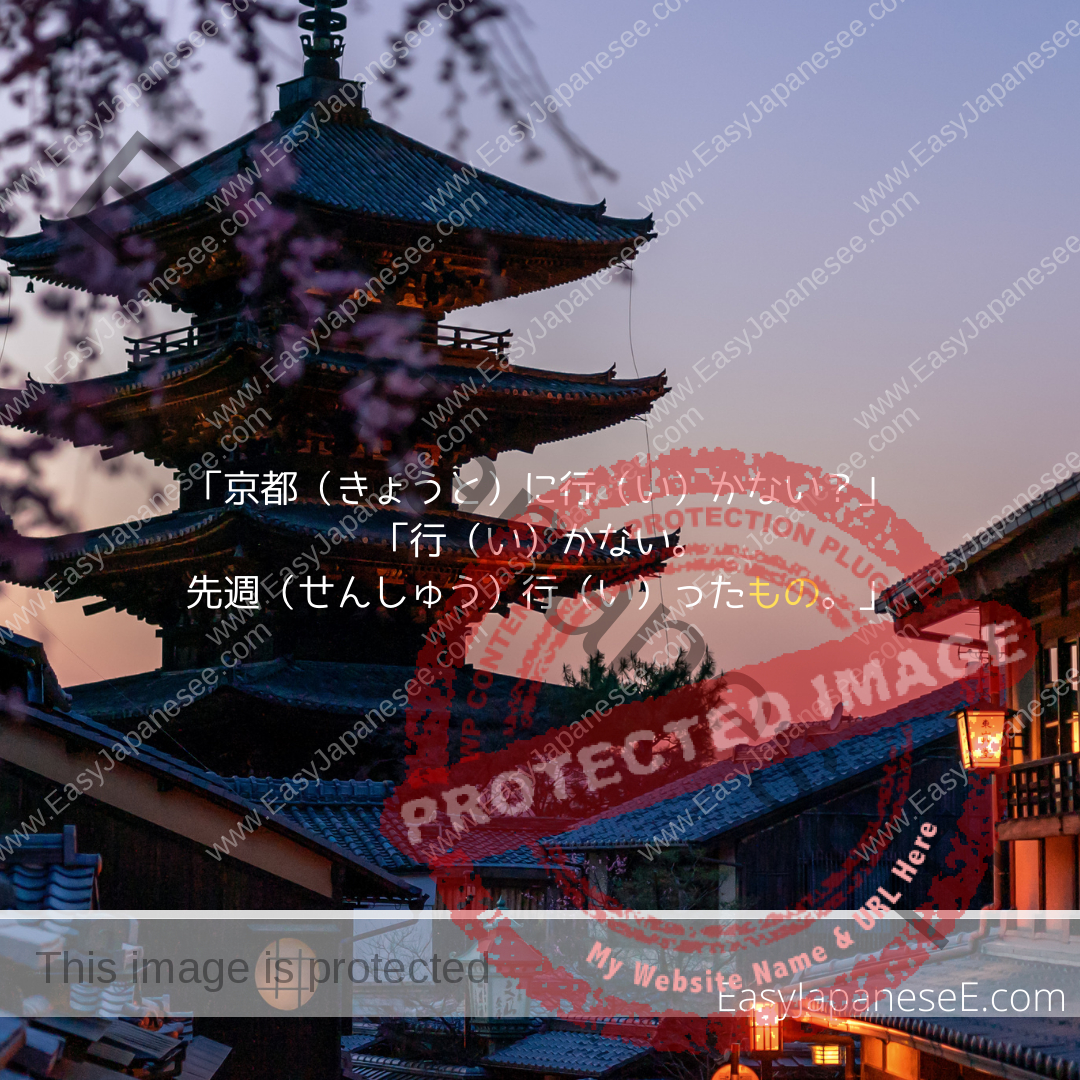
Today’s grammar point is the sentence ending particle もの/もん to describe a cause or reason. ~もの/~もん is usually used in a casual scene with a plain form ending.
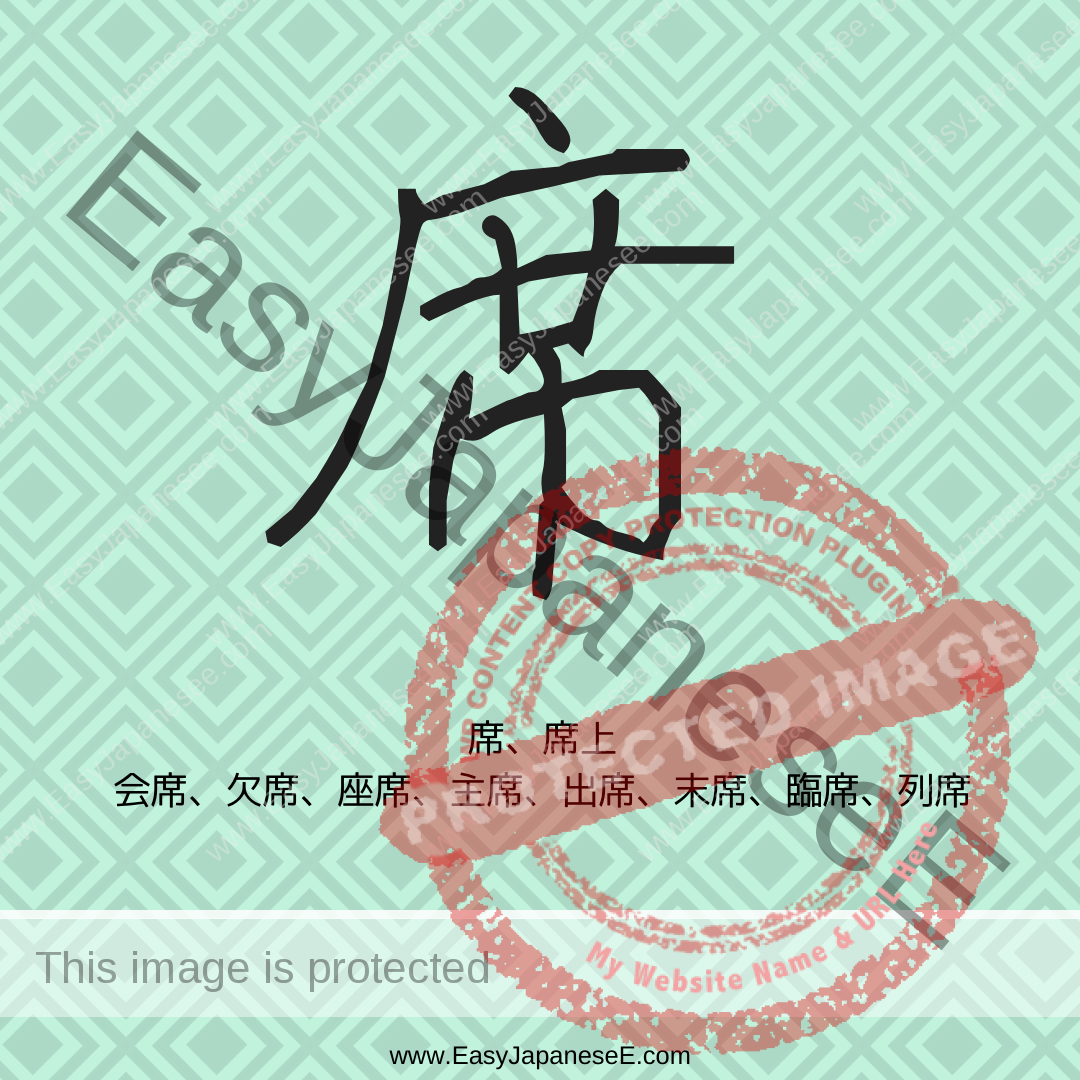
Today’s #kanji is 席, which is listed under its semantic element of #はば(巾), a piece of cloth. Its phonetic element is the rest of the character.
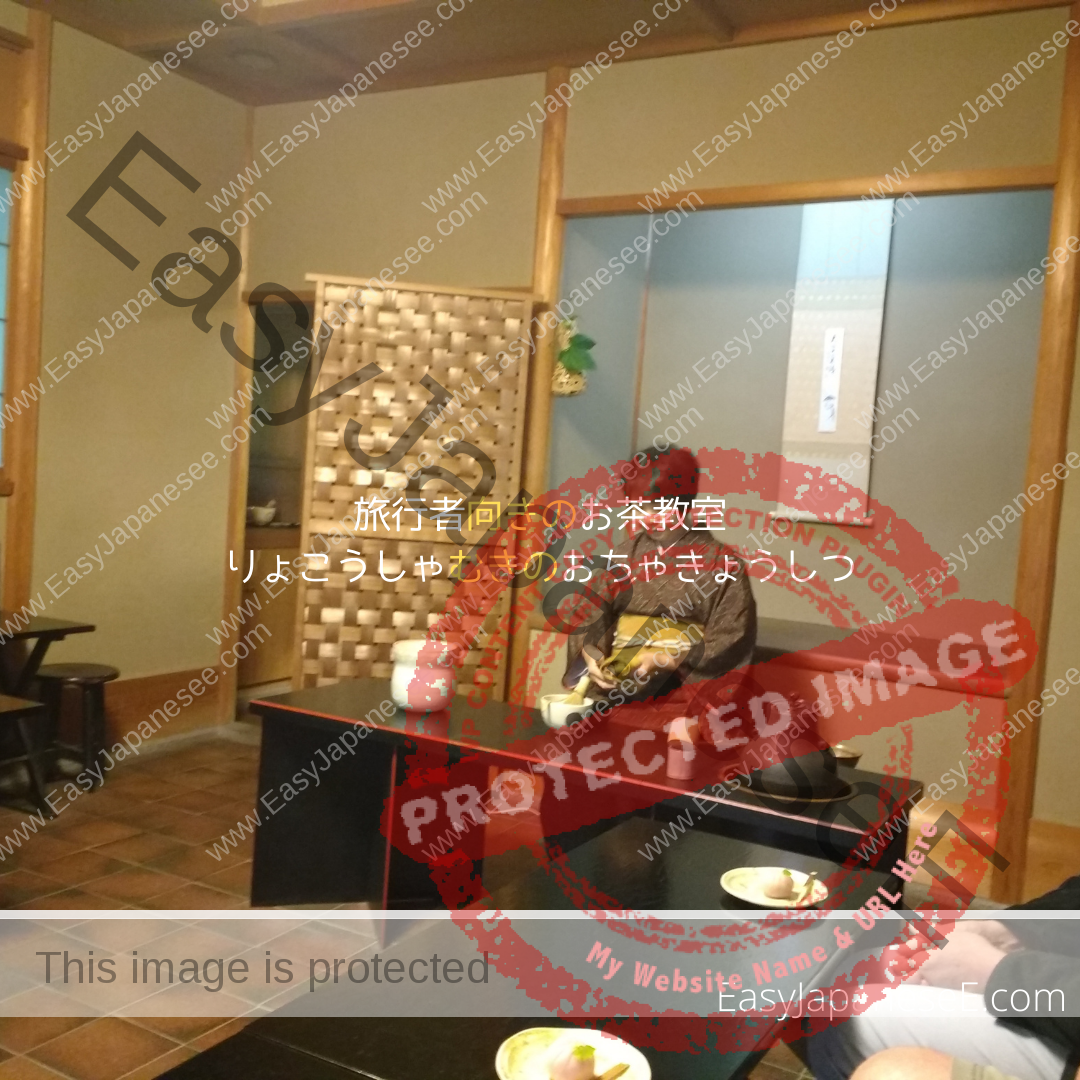
Today’s grammar point is ~むき that describes suitability for ~. Depending on how it’s used, the words that follow ~むき vary.
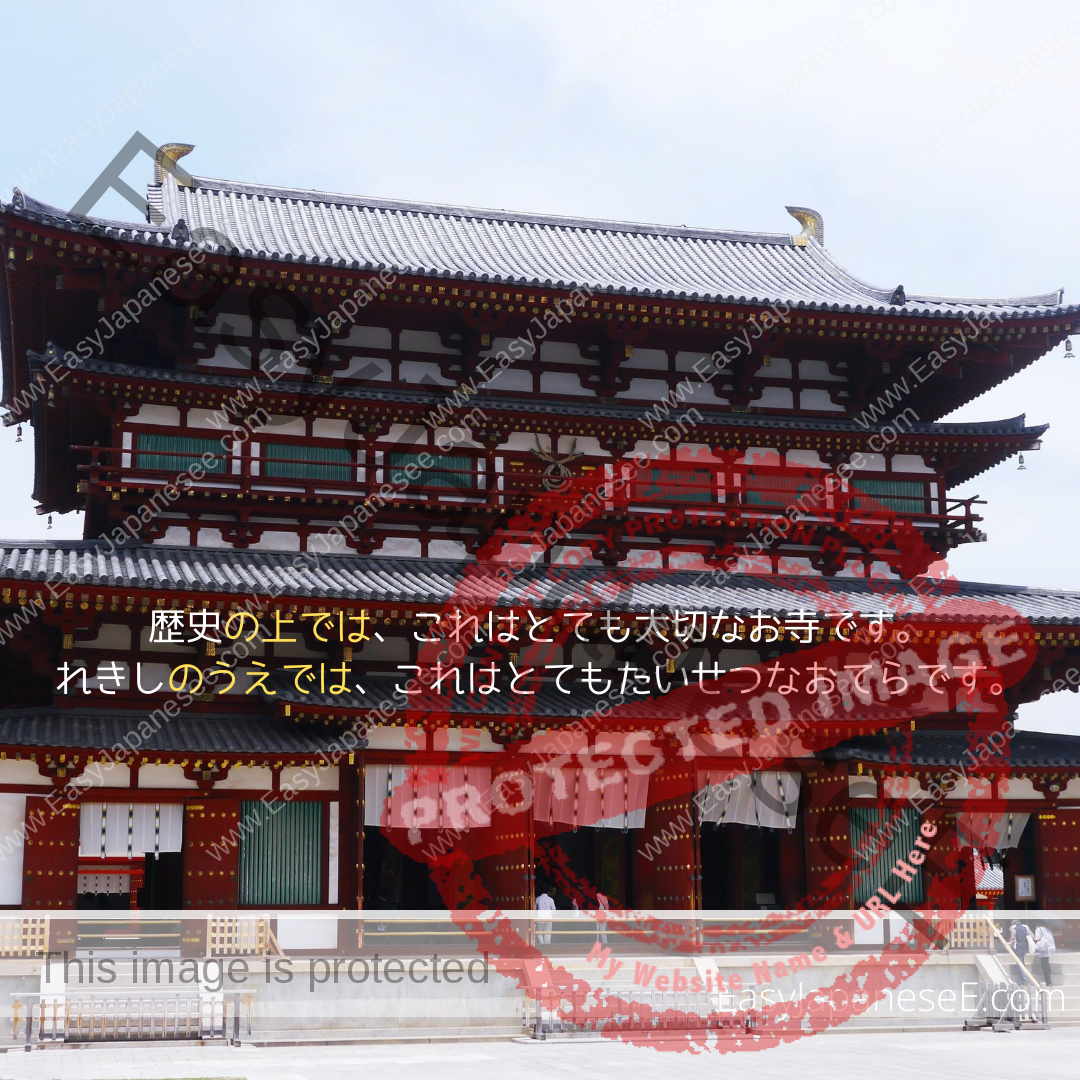
Today’s grammar point is ~の上で(は)/~上(は)which means “as far as ~ is concerned,” “as far as ~ goes.” The same kanji 上 is pronounced in 2 different ways here.
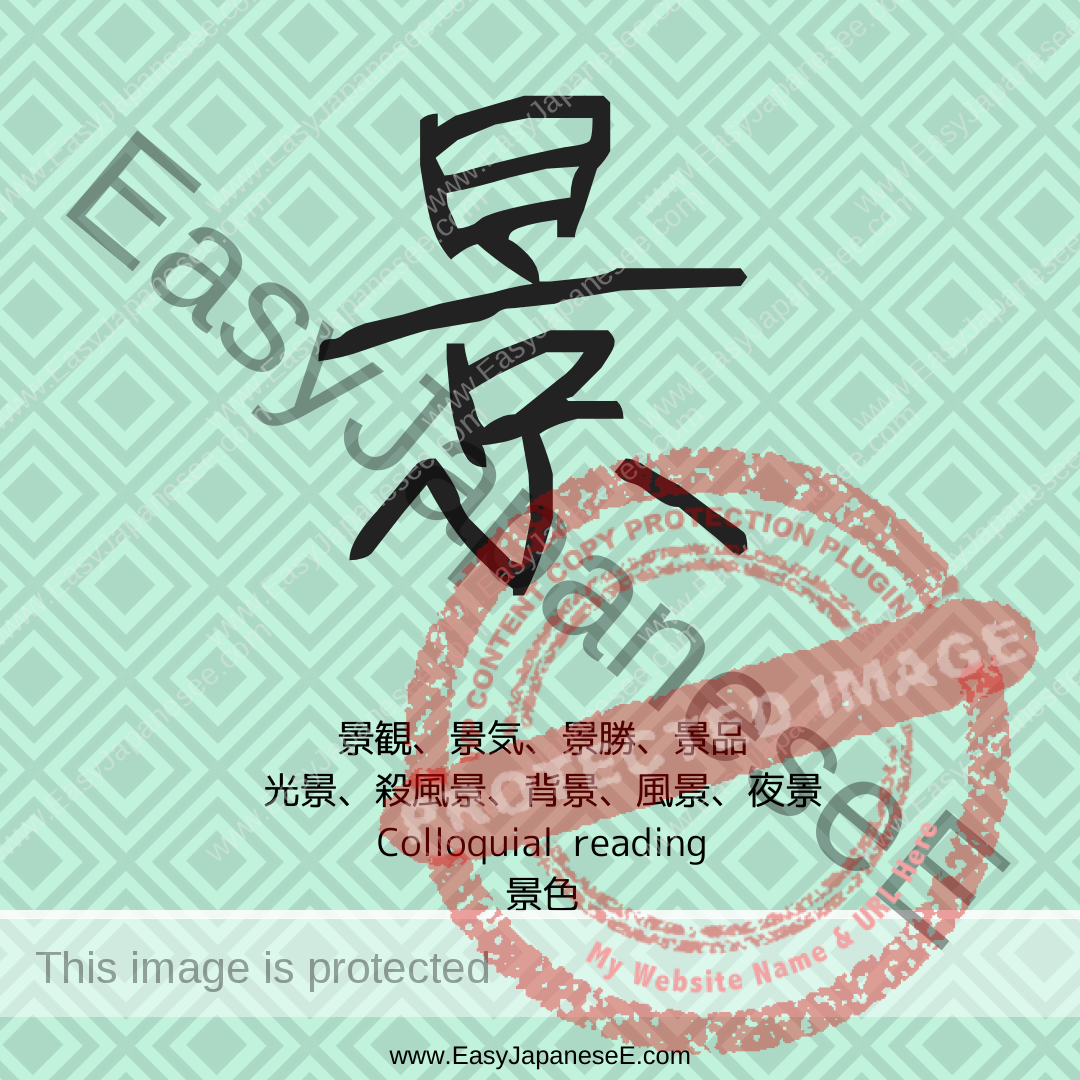
Today’s #kanji is 景, which is listed under its semantic element of #にちへん(日), which suggests a connection with the sun or a day. Its phonetic element is 京.

Today’s grammar point is ~まわる. It can be used after a verb stem which (usually for some movement) and ~まわる means “to do the action of ~ around/about.”
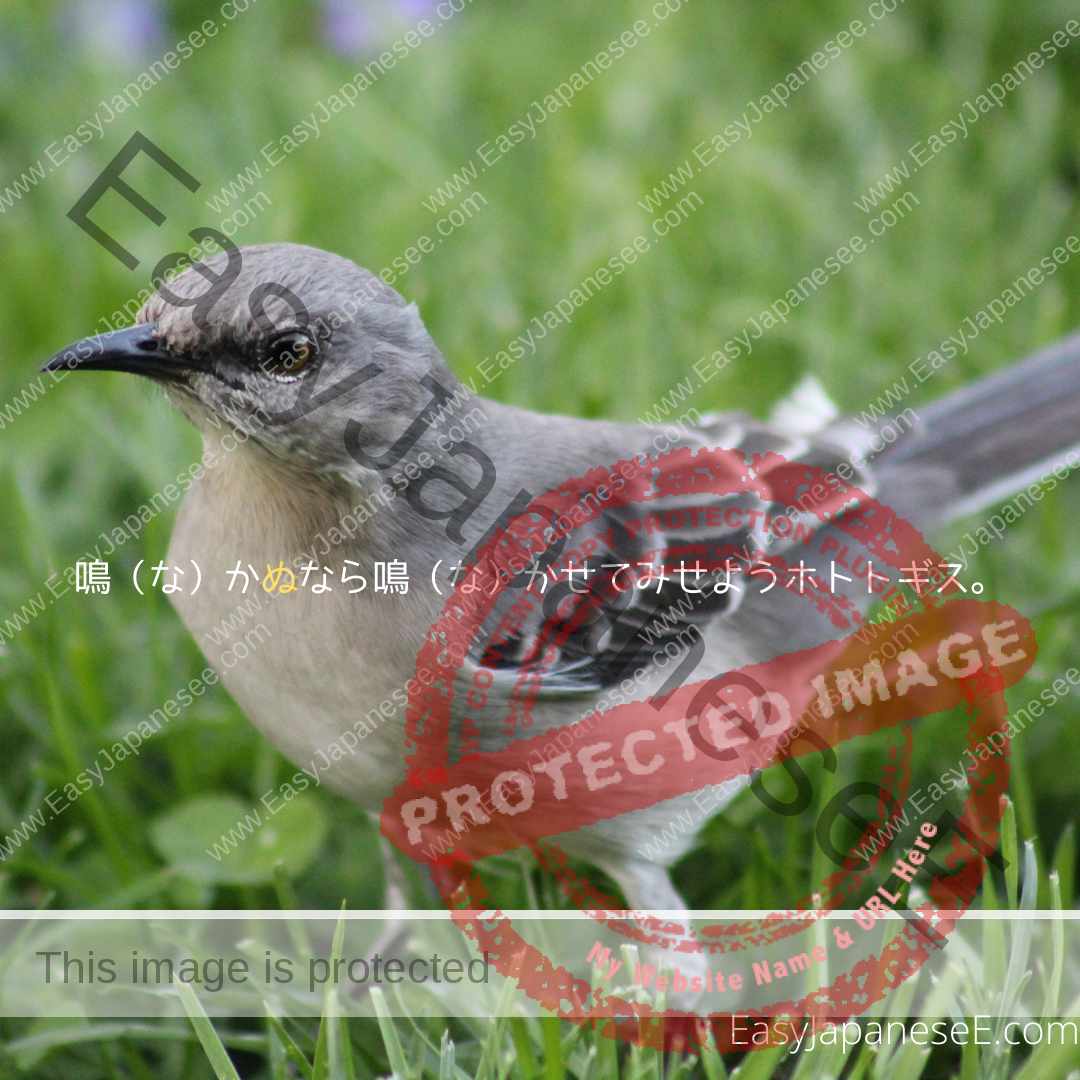
Today’s grammar point is an archaic expression ~ぬ/~ん that replaces ~ない (negative ending). It is more often used in written passages than speech.
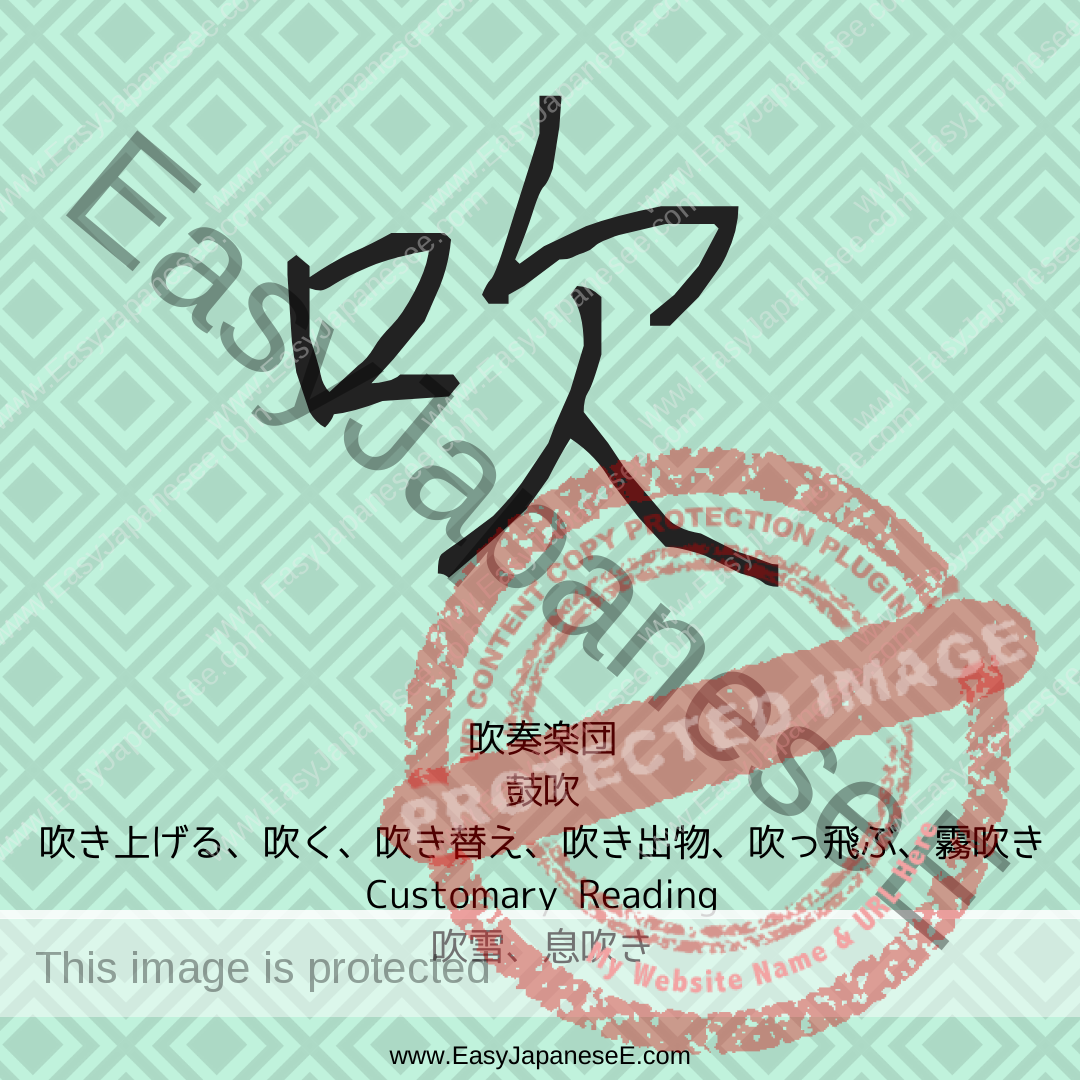
Today’s #kanji is 吹, which is listed under the radical of #くちへん(口). 吹 is a compound ideograph made of 口 (mouth) and 欠 (yawning).
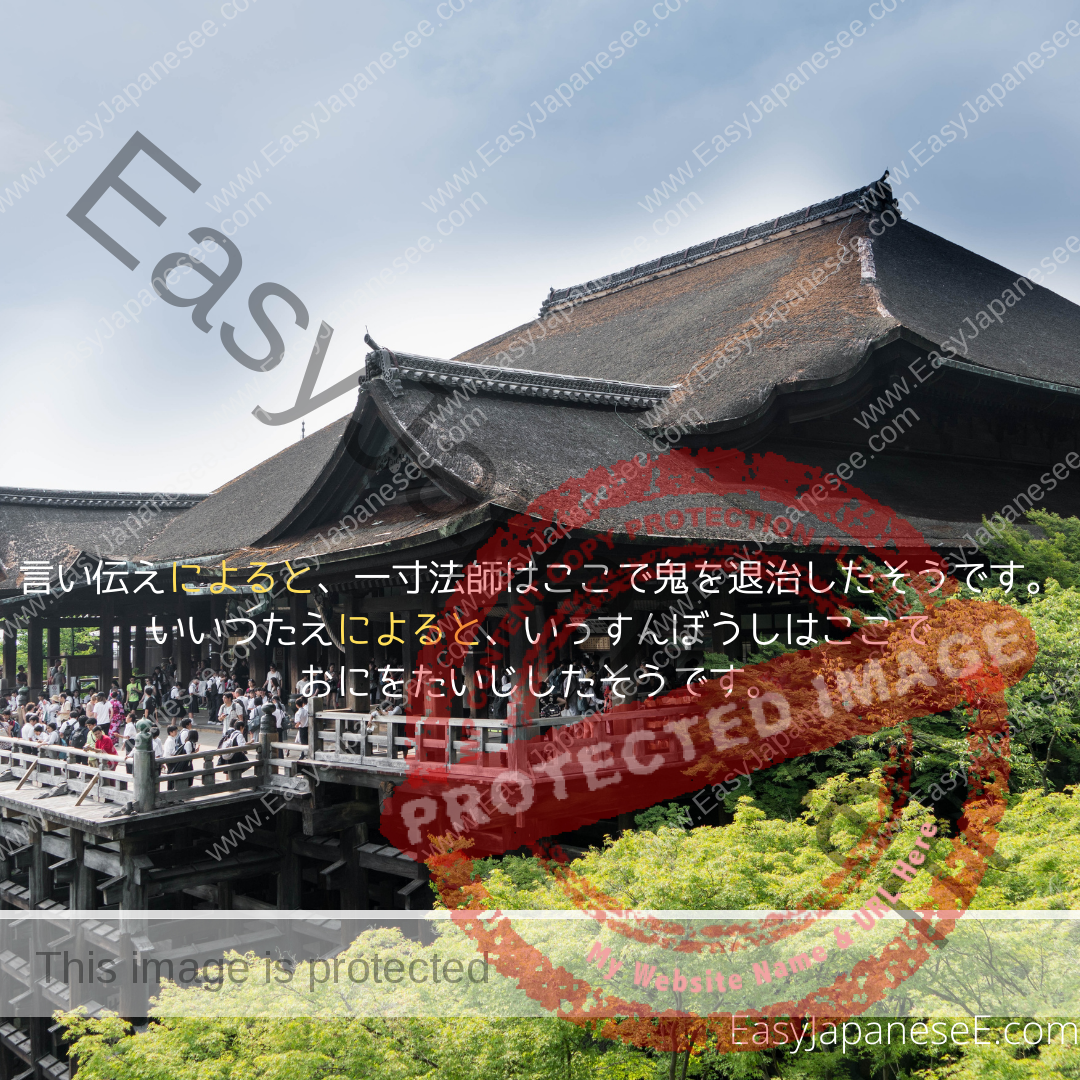
Today’s grammar point is ~によると、~によれば、~のはなしでは、~がいうには, which is usually translated as “according to ~.” This expression is a variation of the ~によって、~により、~による,etc.
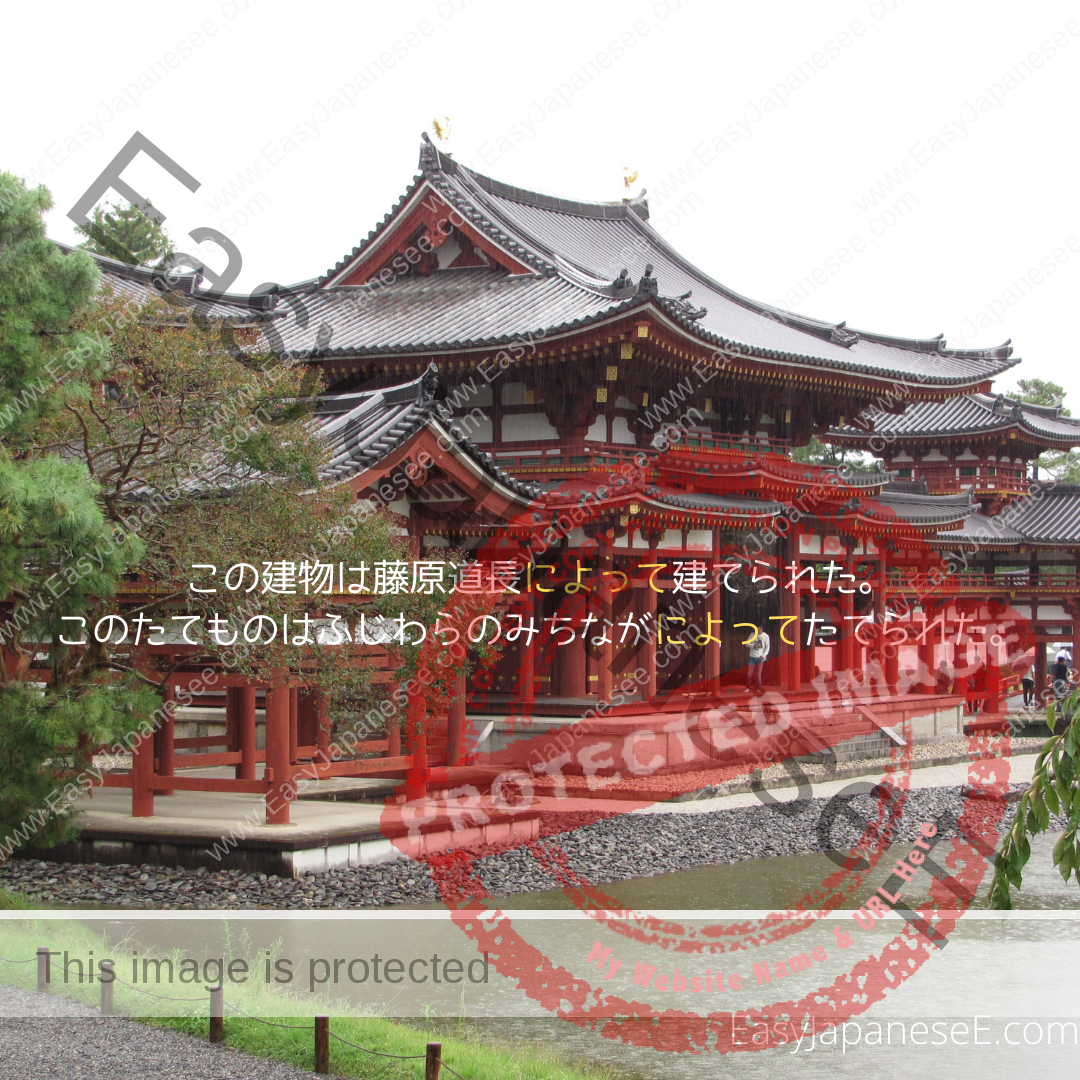
Today’s grammar point is ~によって、~により、~によるxxx and ~によってのxxx, etc. These are usually used for 3 different meanings and different characters can be used for each.
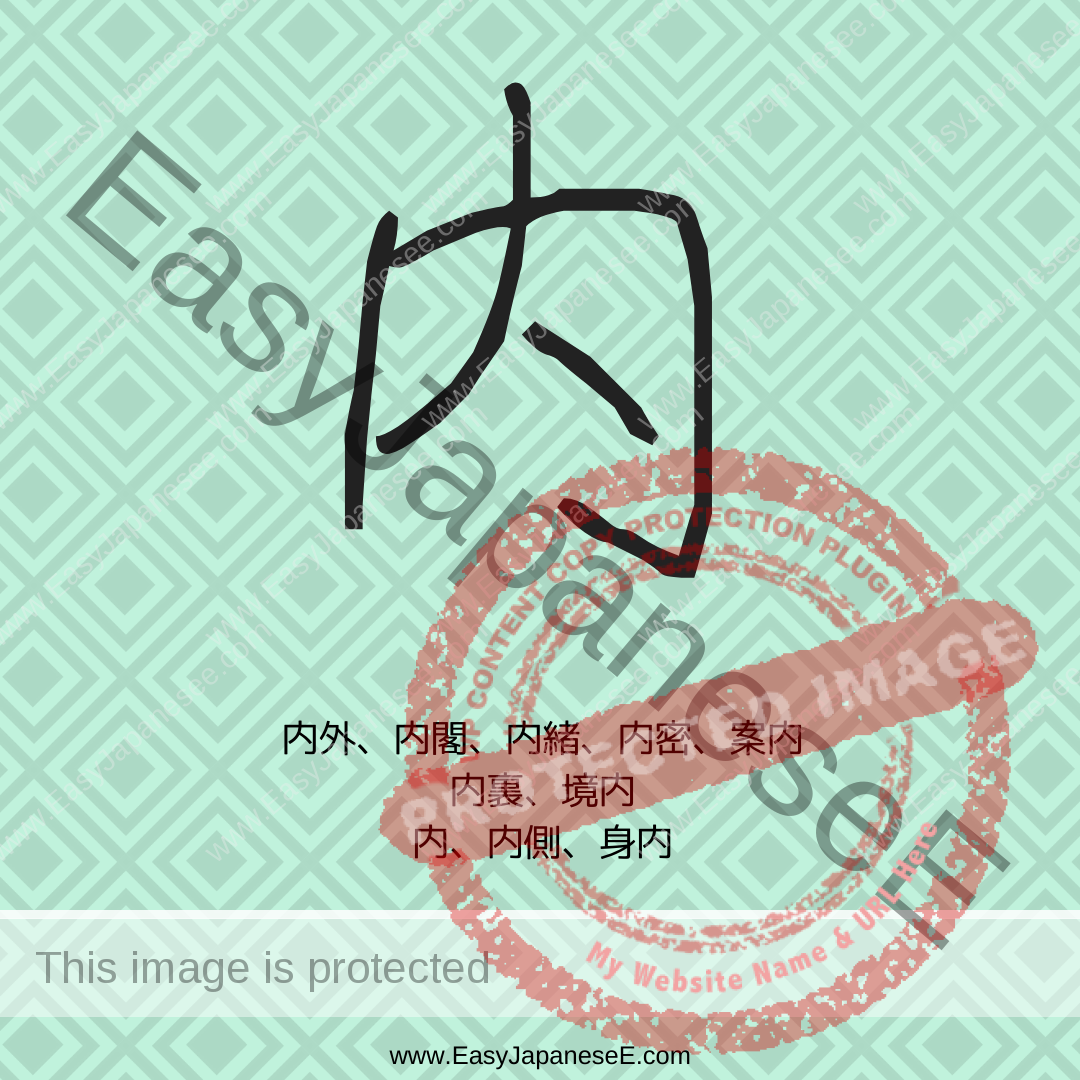
Today’s #kanji is 内, which is listed under the radical of #にんべん(亻) in my dictionary. However, 内 is apparently a compound ideograph made of 入and 冂.
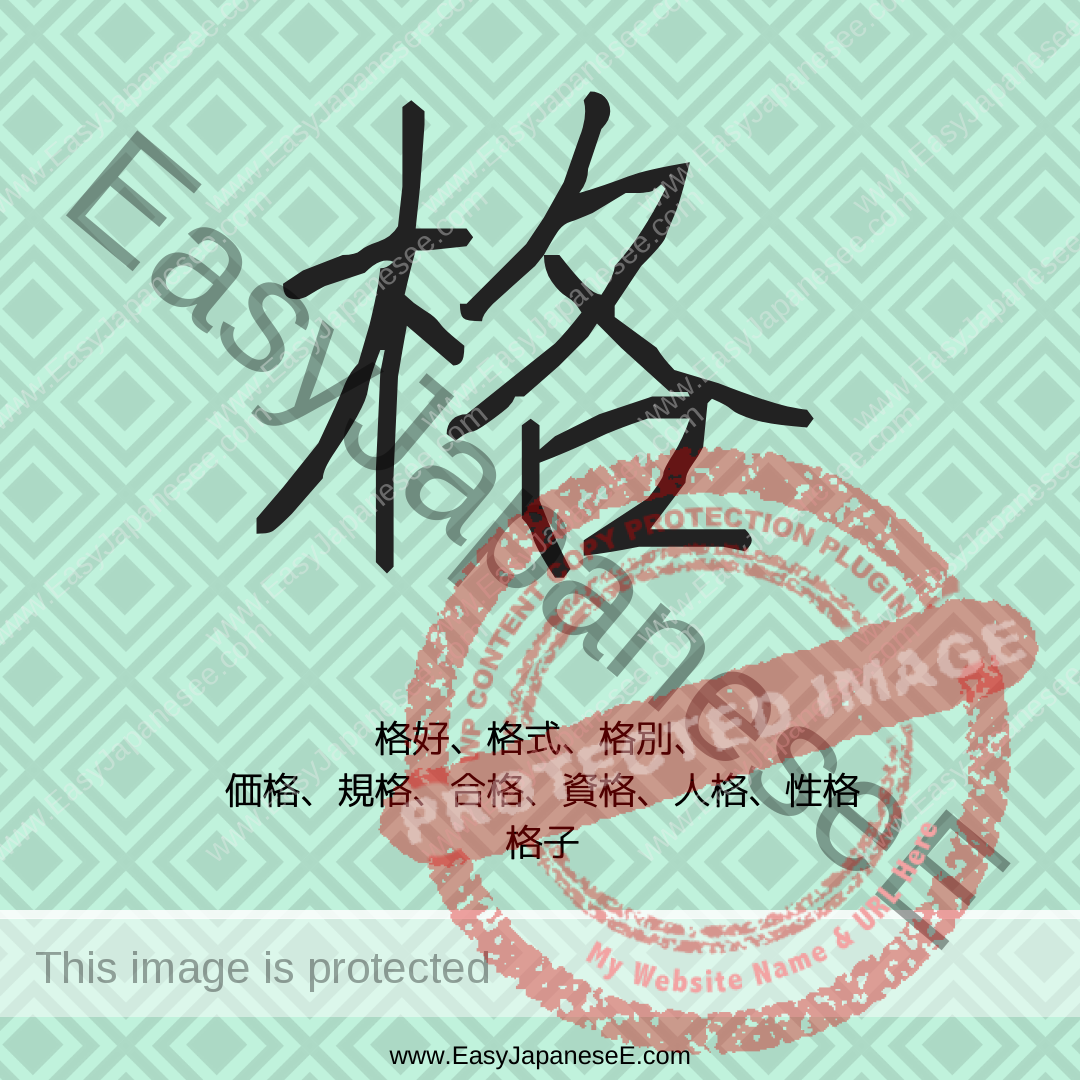
Today’s #kanji is 格, which is listed under its semantic element of #きへん(木), which suggests a connection with a tree. Its phonetic element is 各.
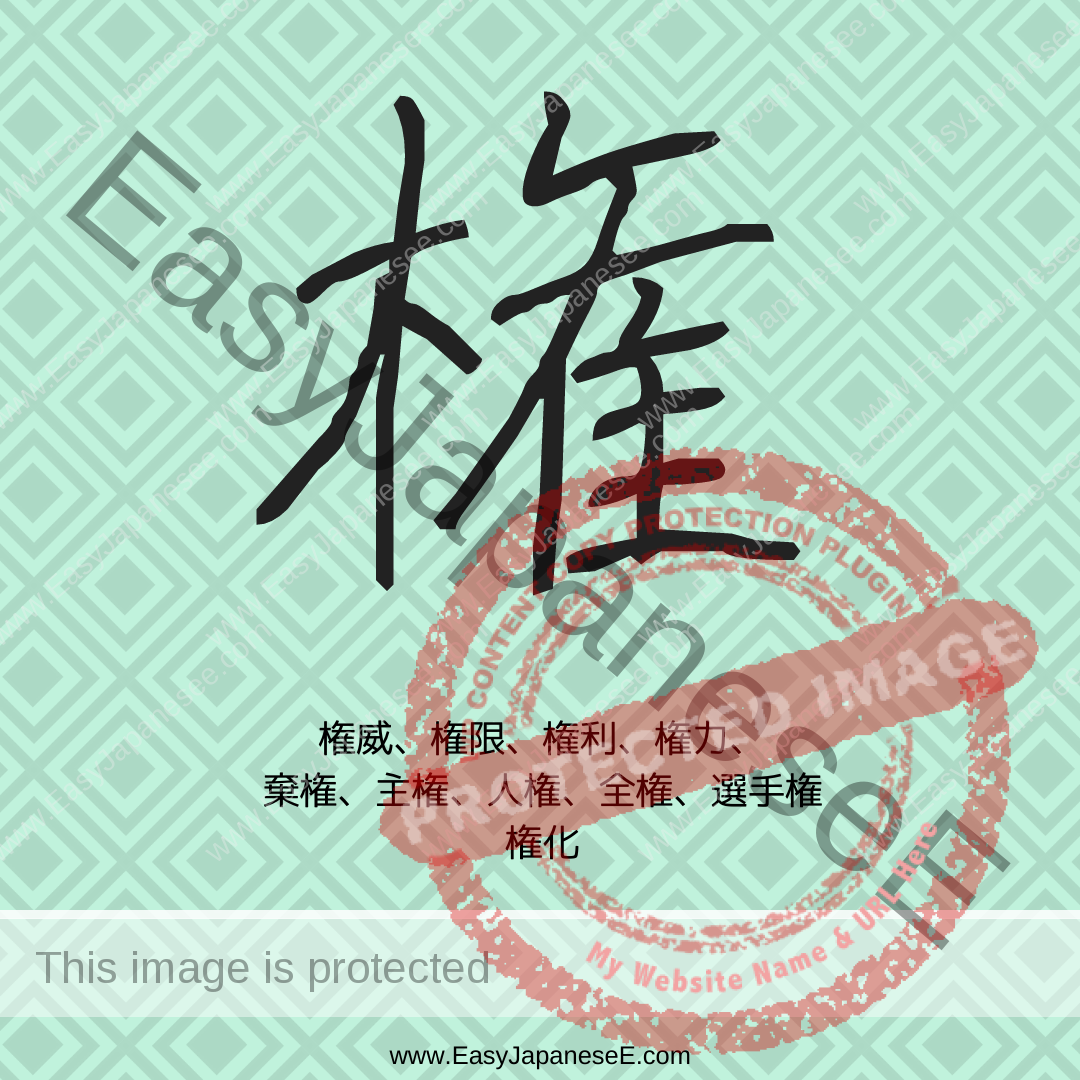
Today’s #kanji is 権, which is an informal variant of 權. Both are listed under its semantic element of #きへん(木), a tree. Its phonetic element is 雚.
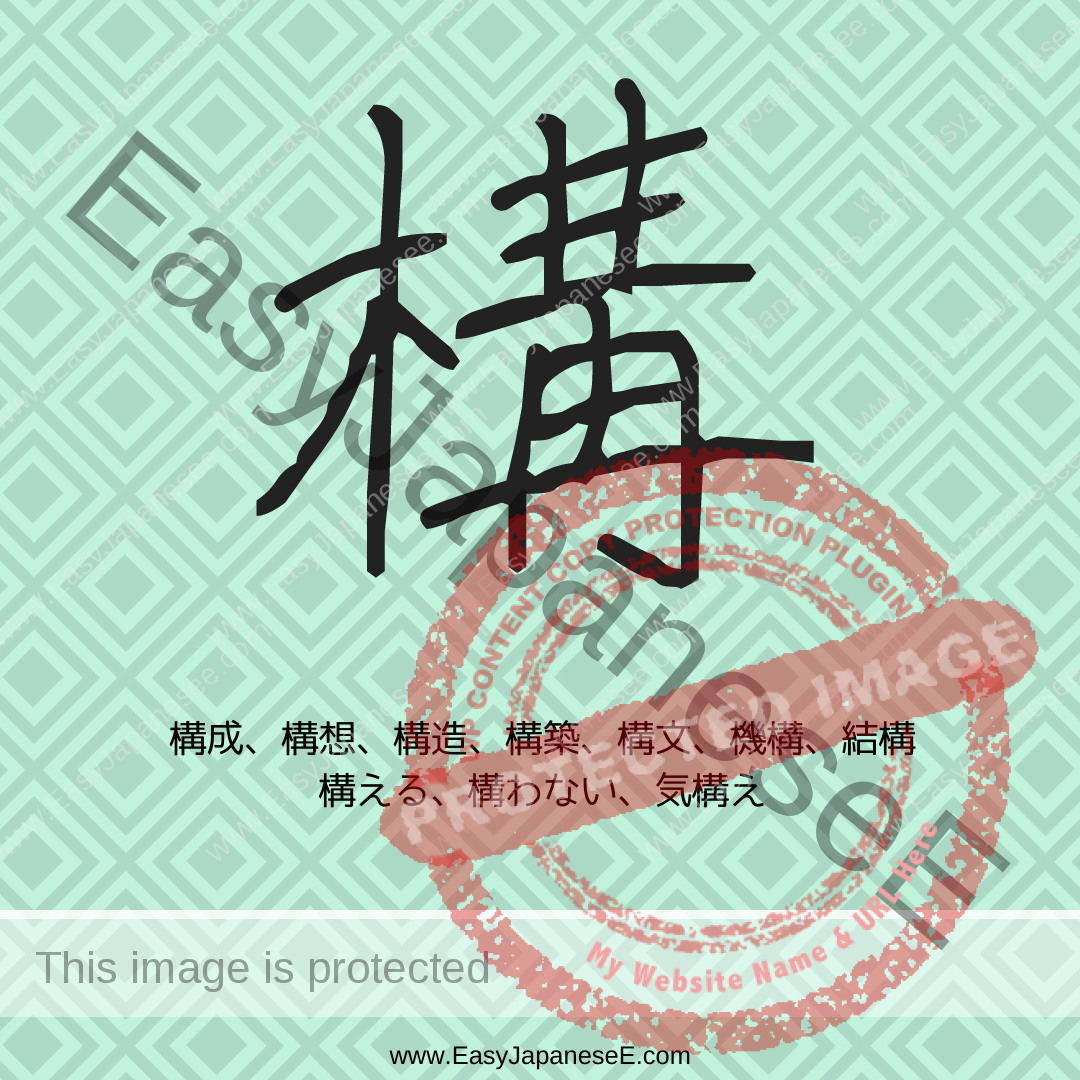
Today’s #kanji is 構, which is listed under its semantic element of #きへん(木), which suggests a connection with a tree. Its phonetic element is 冓.

Today’s grammar point is ~にはんして. ~にはんして is an expression equivalent to the English phrases, “contrary to ~,” “in opposition to ~” or “against ~.”
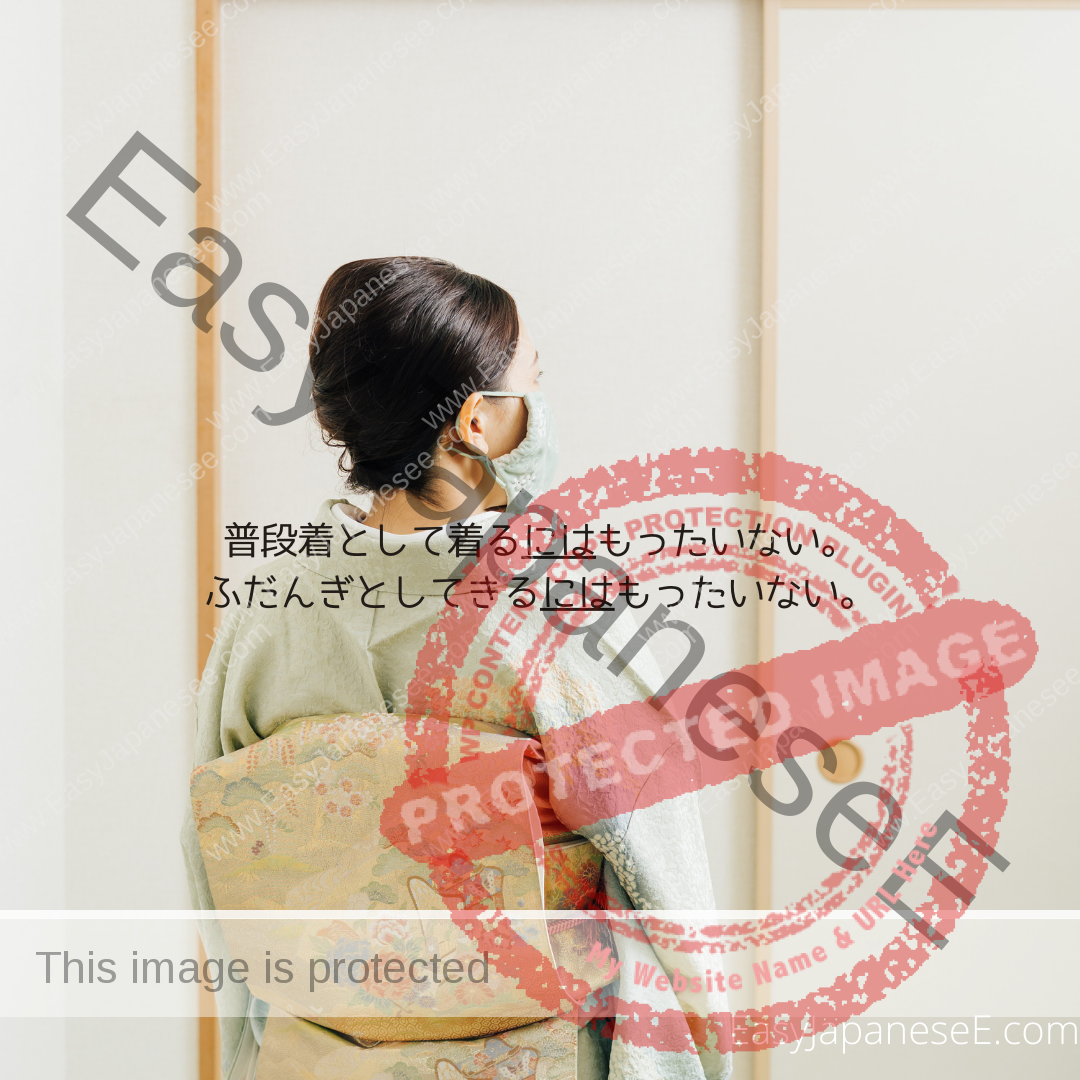
~には has several meanings but today I’m going to talk about には that follows a dictionary form verb. [dictionary form verb] + には means “(in order) to ~” but …
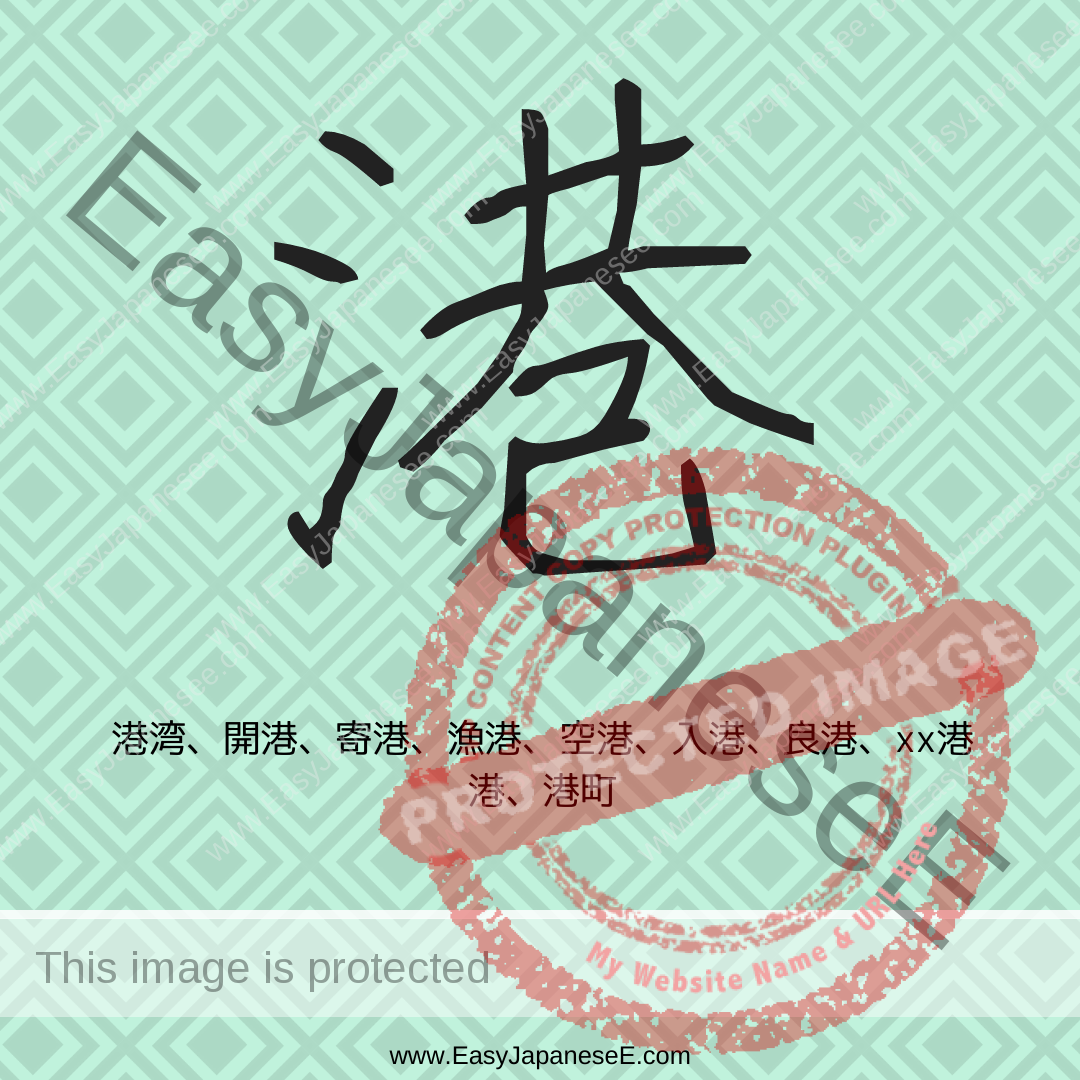
Today’s #kanji is 港, which is listed under its semantic element of #さんずいへん(氵), which suggests a connection with water. Its phonetic element is 巷, which has the meaning of “a street.”
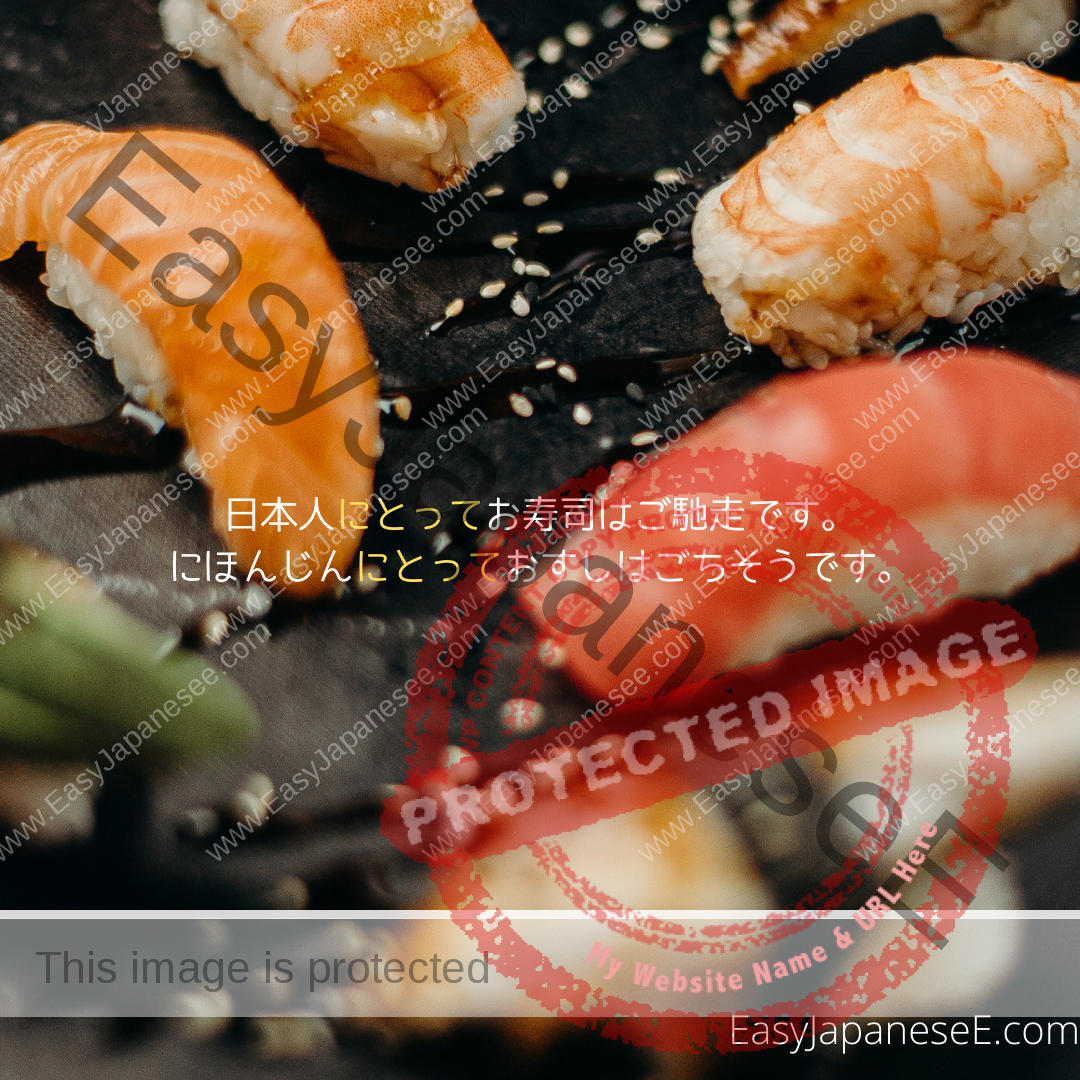
~にとって is an expression to state whose point of view you are talking from. You can translate it with a preposition like “for ~” or “to ~.”
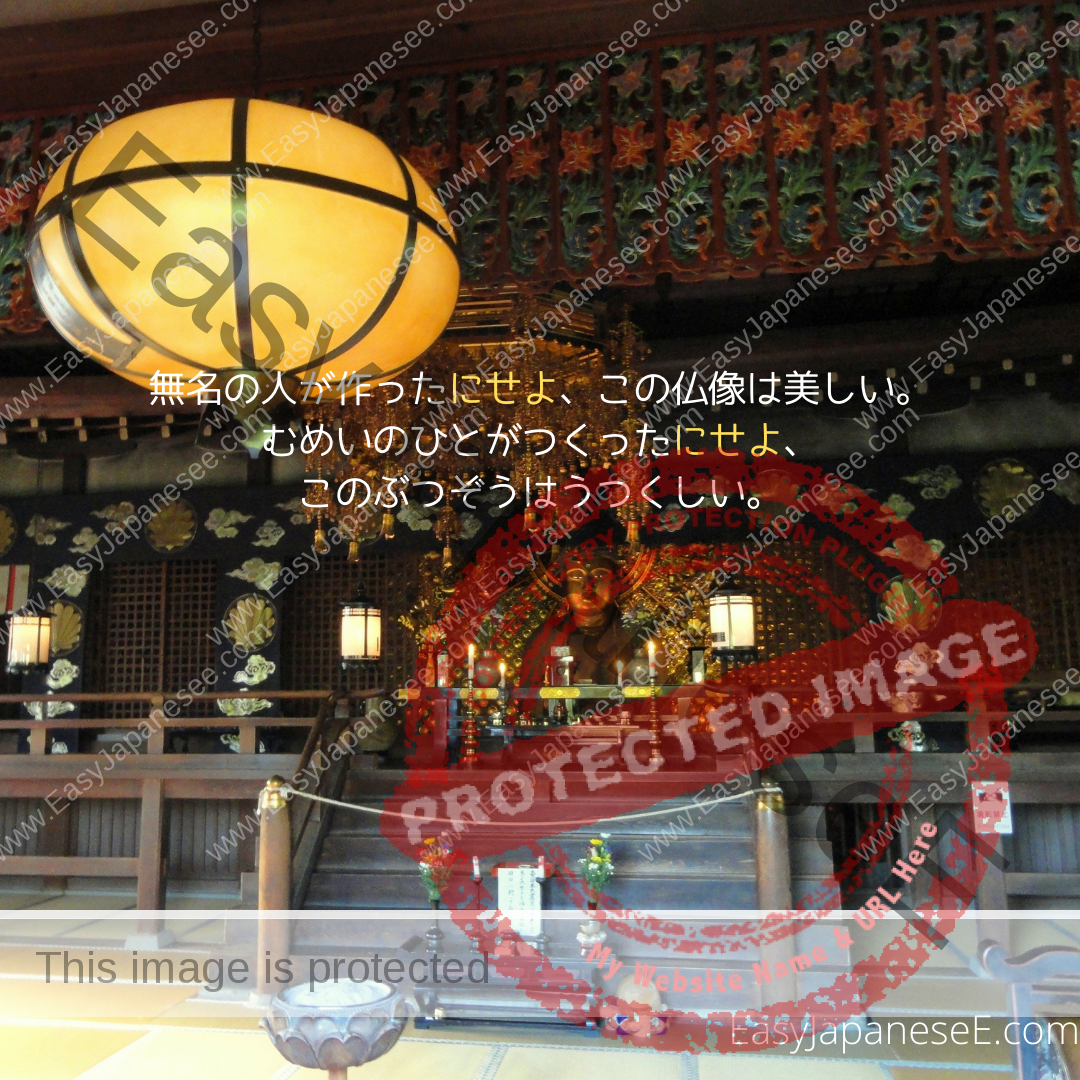
~にしろ/~にせよ/~にしても are all used to express a concession, “even if ~.” Sometimes にしろ/にせよ/にしても can be repeated with 2 totally opposing phrases in a sentence.